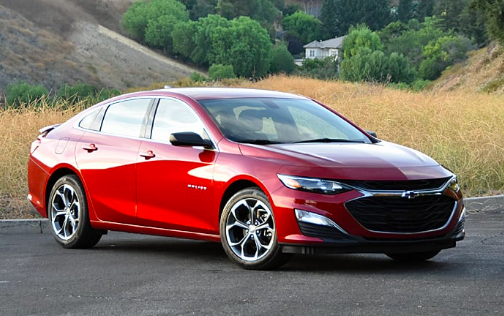When it comes to purchasing a used car, the Chevrolet Malibu has often been a popular choice among buyers for its blend of comfort, style, and reliability. However, like any vehicle, not all model years of the Malibu are created equal. To avoid potential pitfalls and frustrations, it’s crucial to understand which years to steer clear of. So, what happens when you drive off the lot and find yourself grappling with unexpected repairs? Let’s embark on a journey through the Chevy Malibu years that may not stand the test of time.
First, it’s essential to recognize that the Chevy Malibu has undergone several redesigns and updates throughout the years. From its inception in 1964 to its more modern iterations in the early 2000s, each generation comes with its own unique set of attributes and potential problems. In this discussion, we’ll hone in on specific model years that have garnered reputations for being less reliable than others.
**Understanding the Pitfalls**
It’s no secret that specific model years can end up being a buyer’s nightmare. But what makes a particular year stand out as a cautionary tale? Often, reduced reliability ratings, frequent repairs, and customer complaints help paint a clearer picture. Let’s dive deeper into the specific years that buyers should be vigilant of.
**2000 – 2003: The Early 2000s Dilemma**
The early 2000s marked a transitional period for the Chevrolet Malibu. Unfortunately, this era is commonly associated with a series of vexing issues. Owners frequently reported transmission failures within these model years, leading to significant repair costs. More so, electrical problems, including faulty power windows and issues with the ignition system, were abundant. It’s a perplexing quagmire: do you risk purchasing a car with a ticking time bomb under the hood?
Beyond mechanical failures, the interior finishing of these models leaves something to be desired. Infamous for its lackluster materials and build quality, you might end up feeling like you’re navigating through a world devoid of sophistication. Thus, the early 2000s Malibu often feels more ‘budget’ than ‘value.’
**2008 – 2012: The ‘Lost’ Years**
Fast forward to the late 2000s, and you’ll discover that the Chevy Malibu attempted to reclaim its reputation with a more refined design and improved technology. However, lurking under the surface were persistent issues that buyers soon discovered. The 2008 to 2012 models suffered from persistent engine troubles, particularly related to the Ecotec engine’s excessive oil consumption. Is it manageable? Sure, but when your engine has been known to demand attention sooner rather than later, it prompts one to consider: is avoiding a headache worth the initial savings?
Moreover, the multi-tiered dashboard design, while modern in appearance, became a source of frustration for many drivers. Controls that should have been intuitive became confusing and led to a less than ideal driving experience. Yet, the allure of a sleek model might tempt you, beckoning like a siren in the night. But alas, it’s worth reflecting—what allure could come at a significant cost?
**2015 – 2016: A Bump in Reliability**
Even as recent as 2015 and 2016, the Chevy Malibu struggled to escape the shadows of inconsistency. Reports indicated that the suspension components exhibited premature wear, leading to an uneasy ride. Sure, it might look appealing parked in your driveway, but if it’s a constant rumble beneath you as you drive, that initial excitement can quickly evaporate. Coupled with fewer available safety features compared to other contemporaries, these model years might leave you feeling more apprehensive than secure.
**The Importance of Due Diligence**
So, with these various pitfalls in mind, how can you ensure you’re not left holding the bag on a gas-guzzler with a laundry list of problems? The first step is to perform due diligence. Always check vehicle history reports, as they can provide significant insights into previous owners and their maintenance habits. Moreover, a thorough inspection by a trusted mechanic may uncover potential red flags before you finalize the purchase.
Next, engage in conversation with current and past owners. Their experiences can offer invaluable perspective that no dealership brochure can match. You might stumble upon stories that show how impeccably maintained models can differ drastically even within the same year. But aren’t personal accounts something you can rely on even more than star ratings?
**Conclusion: Knowledge is Power**
In the end, while the Chevy Malibu can be a great option for budget-conscious consumers, remaining vigilant is paramount. Understanding which years to avoid will empower you, steering you clear of frustration and unforeseen expenses. After all, a smooth ride shouldn’t lead you to a bumpy road filled with regret. Next time you consider a used Malibu, remember the importance of evaluating not just the model but the very year it was born. Are you ready to become a savvy buyer and find a model that harmonizes with your needs instead of leading you down the rocky path of regret?
